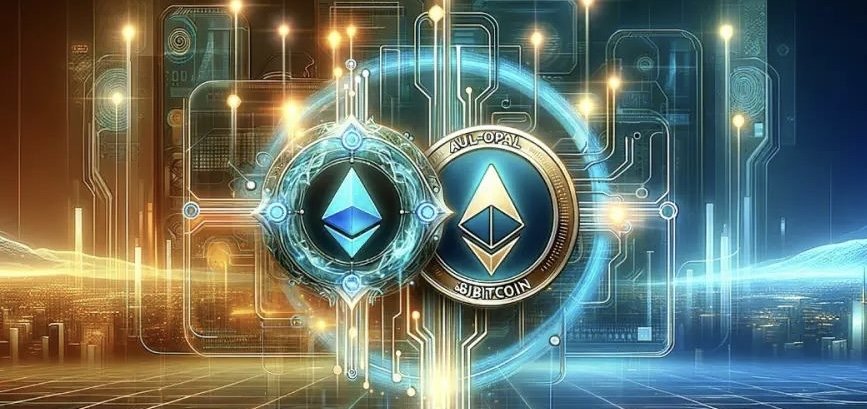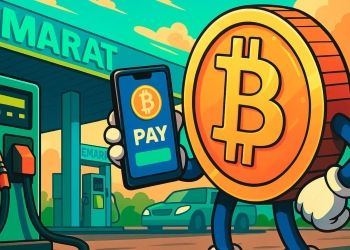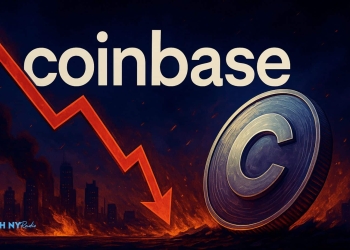Ethereum L2 networks are seeing significant growth, with wallet addresses using Uniswap, the leading decentralized exchange (DEX), nearly doubling in the past month. This increase in activity comes even as the broader decentralized finance (DeFi) ecosystem faces challenges, including a decline in total value locked (TVL). The surge in Ethereum L2 networks highlights the growing importance of Layer 2 solutions in the crypto landscape.
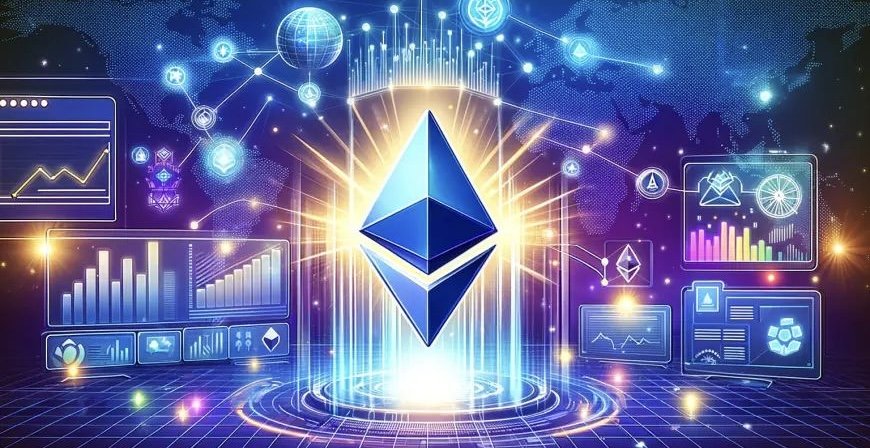
In July, Ethereum L2 networks like Arbitrum, Base, Optimism, Polygon, and ZKSync saw a substantial increase in wallet addresses using Uniswap. According to data from Dune Analytics, 8.5 million Ethereum addresses traded on Uniswap through these L2s, marking a new all-time high. This nearly doubled the number of addresses recorded in June, underscoring the appeal of Ethereum L2 networks for decentralized trading.
Uniswap, the largest DEX across all blockchains, plays a huge role in this growth. In June alone, the platform generated nearly $100 million in fees, demonstrating its dominance in the DeFi sector. The surge in Ethereum L2 network addresses using Uniswap suggests that traders are increasingly turning to Layer 2 solutions to bypass the limitations of Ethereum’s mainnet.
The Role of Ethereum L2 Networks in Alleviating On-Chain Bottlenecks

Ethereum, co-created by Vitalik Buterin, is renowned for its secure, permissionless transactions. However, as the network has grown, on-chain bottlenecks have become a persistent issue. These bottlenecks increase the cost of sending assets on the Ethereum mainnet, making transactions more expensive and less efficient. This is where Ethereum L2 networks come into play.
Layer 2 solutions are designed to relieve congestion on Ethereum’s primary chain by processing transactions off-chain or in parallel with the mainnet. This approach significantly reduces the cost of transactions, making it more affordable for users to trade within the Ethereum ecosystem. The recent surge in Ethereum L2 network addresses using Uniswap is a clear indication that traders are taking advantage of these cheaper alternatives.
The appeal of Ethereum L2 networks lies in their ability to offer significantly lower transaction costs compared to the Ethereum mainnet. For example, it costs less than $1 to send Ether on Layer 2 networks and under $3 to swap digital assets, according to data from L2Fees. This affordability has likely driven the increase in Ethereum L2 network addresses observed in the past few months.
The adoption of Ethereum L2 networks received a further boost from the March Dencun upgrade. This upgrade improved the efficiency of transactions on Layer 2 networks, making them even more attractive to users. As a result, Ethereum L2 network addresses have been on the rise since February, shortly before the Dencun upgrade was implemented.
While Ethereum L2 networks are experiencing a surge in wallet addresses, the total value locked (TVL) in these networks and across the broader DeFi sector has been declining. According to DefiLlama data, TVLs on Ethereum and its Layer 2 networks have dropped by up to 25% in the last 30 days. This decrease in TVL is reflective of a broader market correction and a downswing in the altcoin sector.
The decline in TVL suggests that while more users are utilizing Ethereum L2 networks for transactions, the overall amount of capital being locked in DeFi protocols is shrinking. This could be a result of various factors, including market volatility and a shift in investor sentiment. However, the increase in Ethereum L2 network addresses using Uniswap indicates that traders are still actively engaging with the ecosystem, even as TVLs decline.
The Future of Ethereum L2 Networks
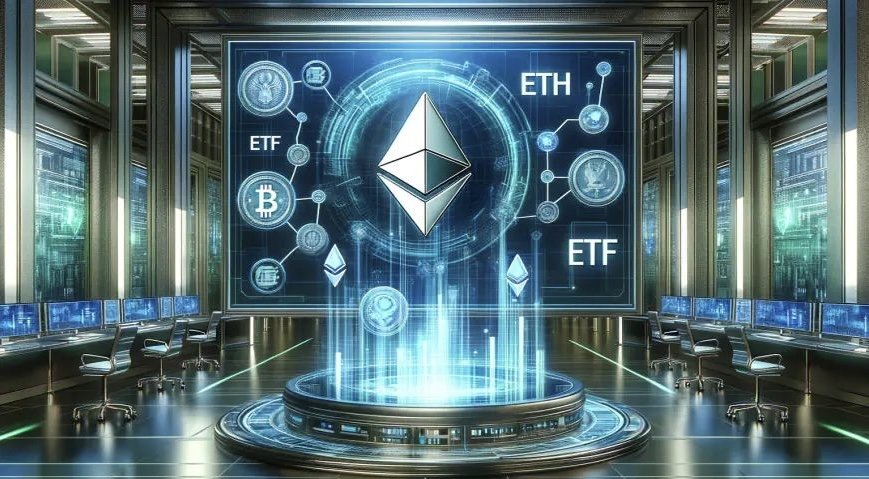
The recent surge in Ethereum L2 network addresses using Uniswap highlights the growing importance of Layer 2 solutions in the Ethereum ecosystem. As transaction costs on the Ethereum mainnet continue to rise, more users are likely to turn to Ethereum L2 networks to take advantage of their affordability and efficiency.
Despite the decline in TVL, the increase in wallet addresses suggests that Ethereum L2 networks are becoming a critical component of the DeFi landscape. As these networks continue to evolve, they could play an even more significant role in the future of decentralized finance, offering users a more cost-effective and scalable alternative to Ethereum’s mainnet.
For more updates and news on the cryptocurrency industry, stay tuned to TurkishNY Radio.






























































































![BitTorrent [New]](https://s2.coinmarketcap.com/static/img/coins/64x64/16086.png)






